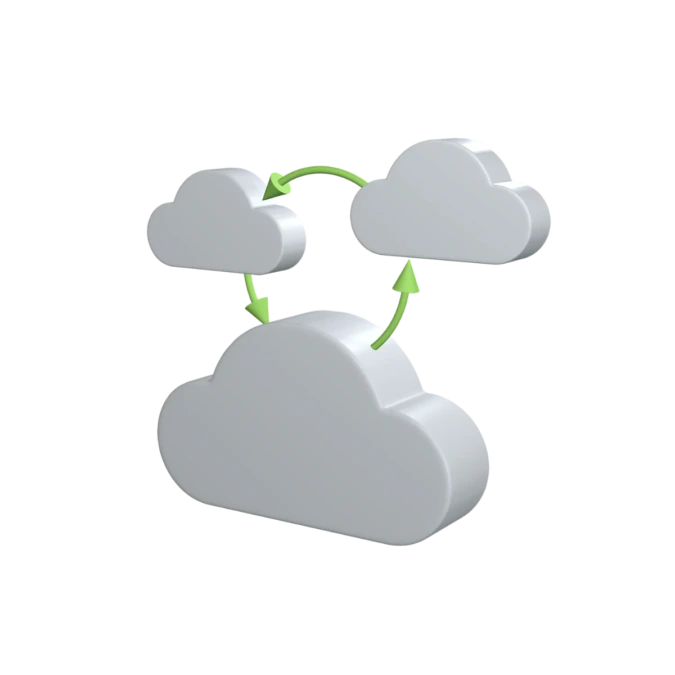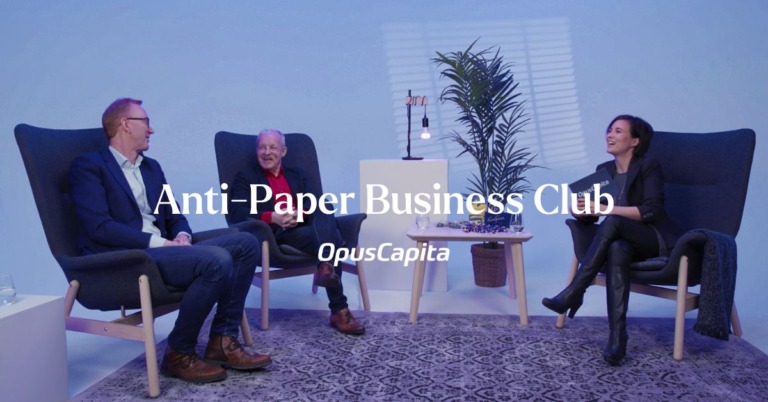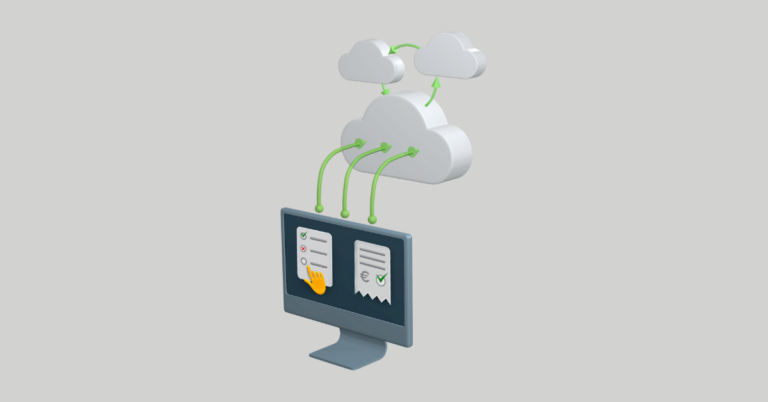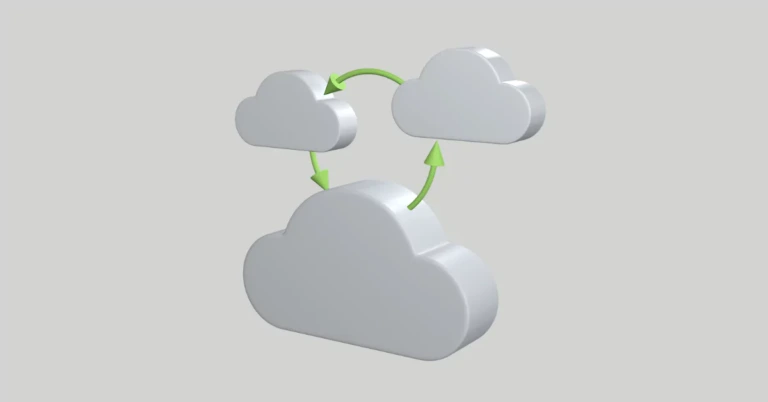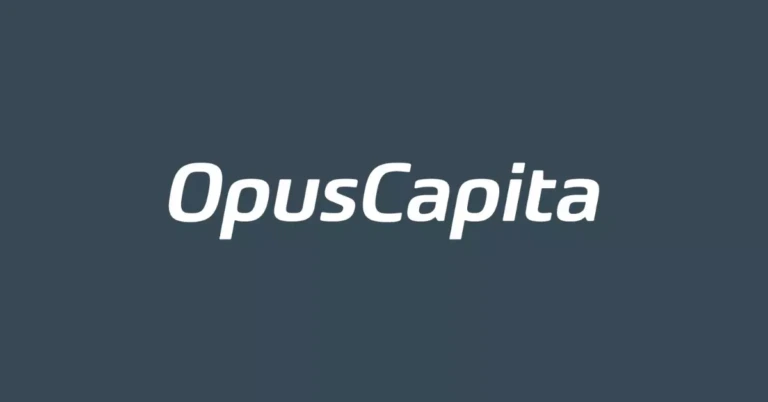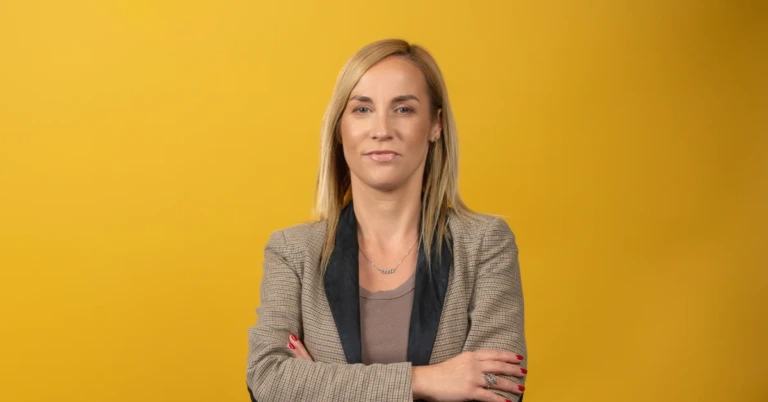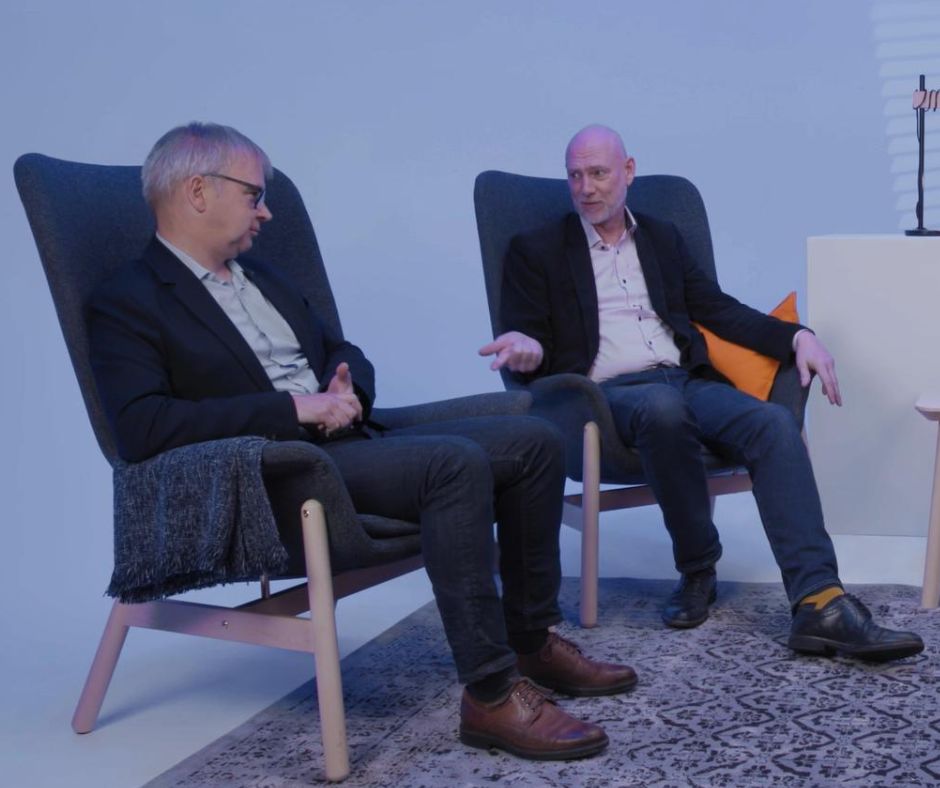
Navigating the ERP integration options jungle
30.05.2023
Anti-Paper Business Club
Will open networks replace old EDI standards? Will there be one format to rule all ERP business integrations in the end? Let’s hear what Per Åberg from OpusCapita and Mats Smedjebacka from Unit4 have to say on ERP integration options.
As we discussed in Part 1 of this interview, ERP business integrations aim to improve processes and increase automation by enabling data exchange between partners. But how to navigate among the myriad messaging standards and technical options for executing ERP integrations?
Per Åberg, Head of Product at OpusCapita, compares ERP integrations to people speaking different languages.
“If everyone spoke English, there would be no problem. You could go everywhere and be understood. And that sets the scene on how easy it is to integrate. If you don’t speak Chinese, you won’t be able to integrate. That’s where all these different formats come from.”
Automation needs standards, but the challenge is that there are many of them. Over the years, industries have created standards based on EDI (electronic data interchange) methodology, such as EDIFACT (Electronic Data Interchange for Administration, Commerce, and Transport) in wholesale and BEAst in construction. But what happens when you need to reach outside of your own industry and its standards?
“That’s where it becomes very complex,” Åberg says. “Suddenly, you have this red box that should fit into this blue square hole, and it’s hard to squeeze it in there.”
“The challenge is to meet all the different requirements.”

Go hassle-free
Supply chain message exchange via Peppol, EDI, manual key-in – whatever format and connection you need.
Learn more!
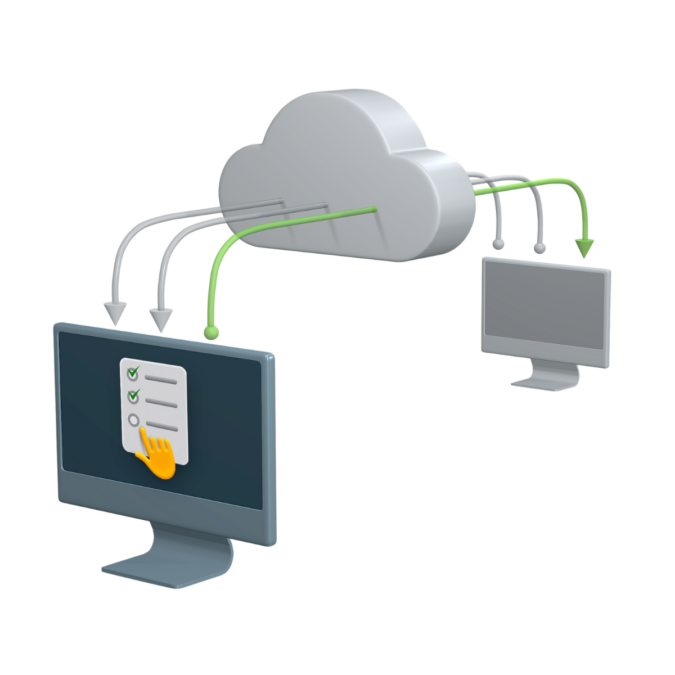
One standard to rule all ERP business integrations?
While standards like EDIFACT are still widespread, companies are increasingly looking for other ERP integration options on the side. This is when the choice usually falls on an open network.
“We have a company in Finland that’s had EDI for 15 years. They are now changing their ERP and want to replace all the old EDI with Peppol,” Åberg says.
He also makes a reference to OpusCapita’s earlier interview with Peab, a large construction company and their wish to improve their procure-to-pay: “Peppol BEAst is the de facto standard in the construction industry, and they decided to go for Peppol.”
Peppol is an open international network and a standard for electronic message exchange between organizations. It became known as an invoicing standard but has expanded to other message types as well.
Mats Smedjebacka, Solutions Consultant at ERP software company Unit4, has also noted the rise in popularity of open network integrations.
“We see it also in professional services organizations. They are more and more going in this direction. There are fewer and fewer traditional file integrations.”
“There are fewer and fewer traditional file integrations.”
Peppol is gaining ground across sectors, especially in the Nordics. It’s a step towards a universal integration option that Åberg believes will rule in the future. But will it be Peppol or another electronic standard remains to be seen?
“Maybe not before I retire, but at least in some foreseeable future, we will go for one global standard,” he muses.
Your ERP integration options need to balance standards and complexity
The move away from old EDI integrations towards digital and more universal message exchange options is not the only thing shaping the ERP integration landscape. ERP providers and other companies are creating new APIs (application program interfaces) and mesh solutions to handle integrations.
Åberg says that APIs have many benefits: they are relatively easy to define, and the integration is instant. The challenge, however, is that they don’t always solve the challenge of complexity and multiple standards.
“You need to go with a partner who has the capability of handling everything.”
“The problem is that I get a different API description from each and every ERP or partner. If we can come to some sort of a standard there, as well, it can speed things up. But it can also go in a way that will be even more chaotic.”
Smedjebacka says that a mesh solution aims for a standard integration. Still, sometimes it may not be enough: “The customer may need to have some additional mapping that we don’t have because if you have a standard, you have a limitation.”
In the end, from a company’s point of view, the most important thing is to choose a solution that relies on universal standards as much as possible – but also leaves room for other ERP integration options when needed.
“You should really think about who you get in bed with. You need to go with a partner who has the capability of handling everything,” Åberg concludes.
About the interviewees

Mats Smedjebacka is an experienced ERP veteran with over 25 years of experience on various ERP solutions and their integration to internal and external business systems. He is currently a Solution Director in the sales organization at Unit4, working as a solution consultant and end sales with the customers.

Per Åberg is an automation evangelist with over 20 years of experience within EDI and integration, and he speaks from solid know-how on the impact and possibilities of modern e-invoice and business message exchange. He currently works as the Head of Business Network Products at OpusCapita.

